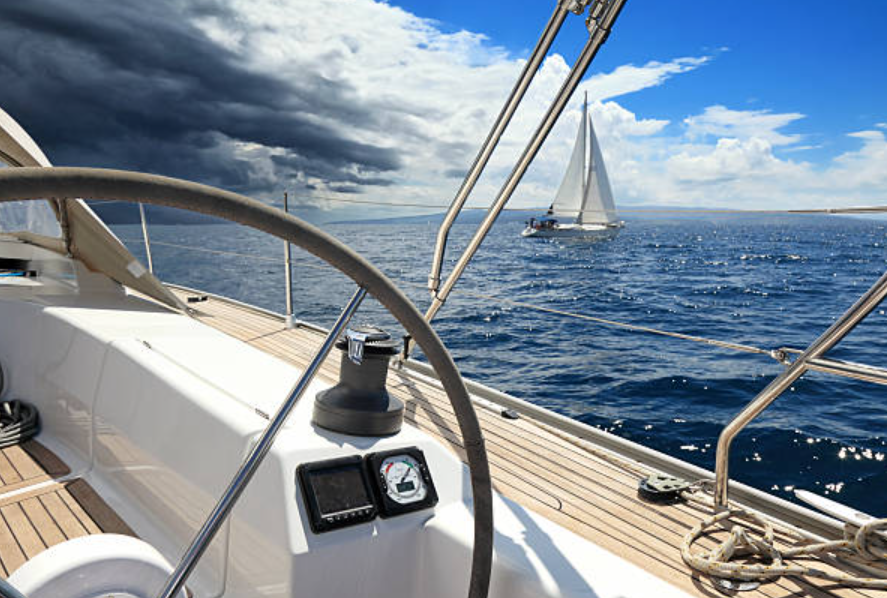Have you ever wondered what makes a sailboat sail? How does it stay afloat, move forward, and change direction? What are the different parts of a sailboat and what do they do?
If you are a sail enthusiast or a sailing beginner, you might have asked yourself these questions at some point. Understanding sailboat parts is not only fascinating, but also essential for maintaining your boat and ensuring a safe and enjoyable sailing experience.
I remember the first time I sailed on a sailboat. It was a sunny day and the wind was perfect. I was so excited to hop on board and feel the breeze on my face. But as soon as I stepped on the deck, I realized I had no clue what I was doing. There were so many ropes, pulleys, levers, and knobs. I felt like I was in a foreign land. The captain of the boat was kind enough to explain some of the basics. In this blog post, I’ll share to you everything you want to know about sailboat parts.
Contents
Hull
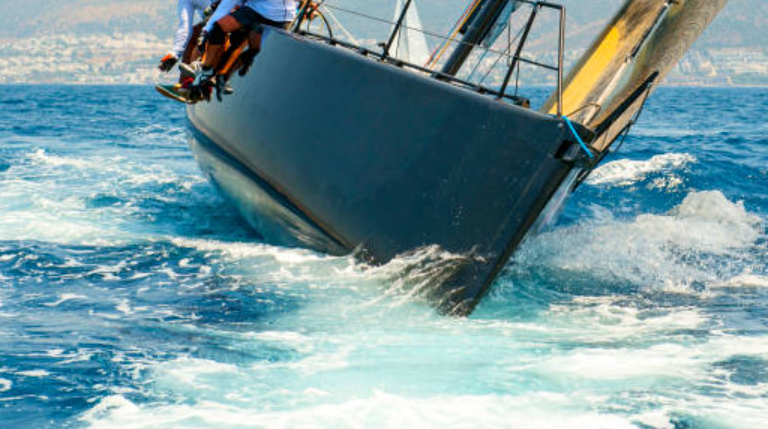
The hull is the main body of the sailboat. It has a curved shape that allows it to cut through the water with minimal resistance.
The hull is the foundation of any sailboat, the part that floats on the water and supports the rest of the boat. The hull has several key components that affect its performance and safety. Let me tell you more about them.
The hull is made of different materials, depending on the type and size of the boat. Some common hull materials are fiberglass, wood, and metal. Fiberglass is lightweight, durable, and easy to repair. Wood is traditional, beautiful, and warm. Metal is strong, heavy, and resistant to corrosion.
The hull has several parts that you should know:
- Deck: The top surface of the hull. It is where you stand, sit, and walk on the boat. It also has various fittings and equipment, such as cleats, winches, hatches, and rails.
- Keel: The underwater fin that runs along the bottom of the hull. It provides stability and prevents the boat from drifting sideways. It also acts as a counterweight to the force of the wind on the sails.
- Cabin: The enclosed living space on the boat. It usually has a cockpit, a galley, a head, and a berth. It is where you can shelter from the weather, cook, eat, sleep, and store your belongings.
- Waterline: The point where the hull meets the water. It determines how much of the hull is submerged and how much is exposed. The waterline changes depending on the weight and distribution of the load on the boat.
- Bilge: The lowest part of the hull. It is where water collects from leaks, rain, or waves. It usually has a pump that removes the water and prevents flooding.
- Bow: The front part of the hull. It is where the boat points and leads the way. It has a pointy shape that helps it slice through the water and waves.
- Stern: The rear part of the hull. It is where the boat follows and trails behind. It has a flat or rounded shape that helps it push the water and create a wake.
- Rudder: The movable fin at the stern. It is connected to a tiller or a wheel that controls its angle. It is used to steer the boat and change its direction.
The hull is one of the most important parts of a sailboat. It affects its speed, maneuverability, comfort, and safety. It is essential to keep the hull in good condition and check it regularly for any cracks, leaks, or damage. A well-maintained hull will ensure a smooth and enjoyable sailing adventure.
Mast and Boom
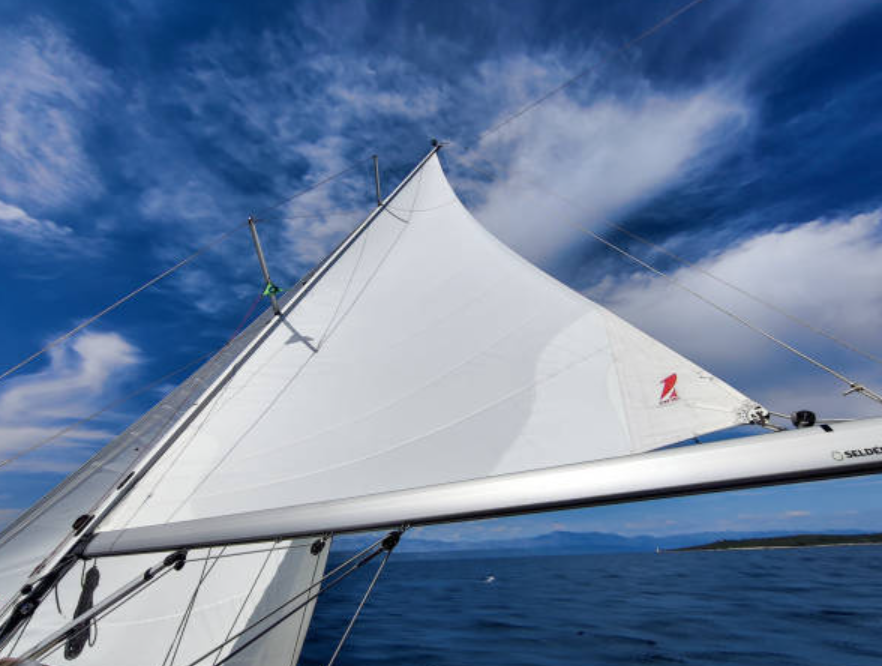
The mast and boom are the vertical and horizontal poles that support and control the sails. They are connected by a hinge called the gooseneck. The mast and boom are essential for harnessing the wind and adjusting the sail angle and shape.
The mast is the tall pole that stands upright on the deck. It can be placed at the front, middle, or rear of the boat, depending on the sail plan and design. The mast placement affects the balance, stability, and performance of the sailboat. A mast that is too far forward or backward can make the boat hard to steer and prone to tipping.
The mast has several parts that you should know:
- Boom Vang (Kicking Strap): A device that attaches the boom to the mast. It controls the boom height and prevents it from lifting up when sailing downwind. It also helps to flatten the sail and reduce drag.
- Mast Step: The base of the mast. It is where the mast is secured to the hull or the keel. It can be fixed or adjustable, depending on the type of boat and mast.
- Masthead: The top of the mast. It is where the halyards, the forestay, and the backstay are attached. It can also have a wind indicator, a light, or an antenna.
- Spreaders: The horizontal bars that extend from the mast. They reinforce the mast and keep the shrouds at an angle. They also help to shape the sail and prevent it from rubbing against the mast.
- Topping Lift: A line that runs from the masthead to the end of the boom. It supports the boom when the sail is not in use. It also allows the boom to be raised or lowered when reefing or furling the sail.
- Backstay and Forestay: The wires that run from the masthead to the stern and bow of the boat. They support the mast and keep it from bending or falling. They also hold the jib or the spinnaker in place.
The mast can be made of different materials, such as aluminum or carbon fiber. Aluminum is the most common and affordable material. It is strong, lightweight, and corrosion-resistant. Carbon fiber is the most advanced and expensive material. It is stiffer, lighter, and more aerodynamic than aluminum. It also reduces the weight and windage of the mast, which improves the sail efficiency and speed.
The Sails
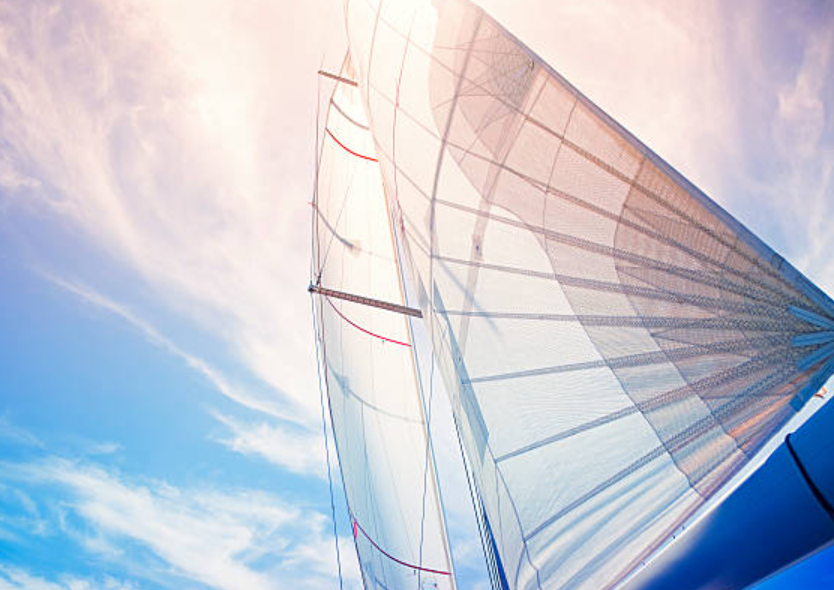
The sails are the fabric sheets that catch the wind and propel the boat forward. They are the most visible and recognizable parts of a sailboat. They can have different shapes, sizes, and colors, depending on the type and purpose of the boat. The sails can also be changed or adjusted to suit the wind and weather conditions.
The main types of sails are:
- Mainsail: The largest and most important sail on the boat. It is attached to the mast and the boom. It provides most of the power and drive for the boat. It can be hoisted, lowered, or reefed using the halyard, the sheet, and the reefing lines. It can also have battens, which are stiff rods that help to maintain the sail shape and prevent it from flapping.
- Jib: The smaller and triangular sail that is attached to the forestay. It is located at the front of the boat. It helps to balance the boat and increase the speed and maneuverability. It can be trimmed or furled using the sheet and the furling line. It can also have different sizes and shapes, such as genoa, yankee, or staysail.
- Spinnaker: The large and colorful sail that is used for sailing downwind. It is attached to the masthead and the spinnaker pole. It creates a lot of lift and drag, which pushes the boat forward. It can be set or doused using the halyard, the sheet, and the guy. It can also have different shapes and designs, such as symmetrical, asymmetrical, or gennaker.
The sails can be made of different materials, such as Dacron or Mylar. Dacron is the most common and traditional material. It is durable, stable, and easy to handle. It is suitable for cruising and recreational sailing. Mylar is the most modern and high-tech material. It is lighter, stronger, and more resistant to stretching and UV damage. It is suitable for racing and performance sailing.
The sails can also have different sail plans, which are the combinations and arrangements of the sails on the boat. Some common sail plans are:
- Sloop: The simplest and most popular sail plan. It has one mast and two sails: a mainsail and a jib. It is easy to sail and versatile for different conditions.
- Cutter: A variation of the sloop sail plan. It has one mast and three sails: a mainsail, a jib, and a staysail. It is more stable and efficient for sailing upwind and in heavy weather.
- Ketch: A sail plan that has two masts and three or more sails: a mainsail, a mizzen sail, a jib, and sometimes a spinnaker. The mizzen mast is shorter and located behind the main mast. It is more balanced and comfortable for long-distance cruising and sailing in light winds.
- Yawl: A sail plan that is similar to the ketch, but with the mizzen mast located further back, near the stern of the boat. The mizzen sail is smaller and mainly used for steering and trimming the boat. It is more maneuverable and responsive for sailing in narrow waters and changing winds.
Rigging

The rigging is the system of wires, ropes, poles, and hardware that support the mast and control the sails. It is one of the most complex and essential parts of a sailboat. It allows the sailor to adjust the sail shape, angle, and tension, and to optimize the boat’s performance and safety.
The rigging can be divided into two categories: standing rigging and running rigging.
- Standing Rigging: The fixed and permanent rigging that holds the mast in place and maintains its shape. It includes the shrouds and the stays, which are the wires that run from the mast to the hull or the deck. The standing rigging can be tightened or loosened using the turnbuckles, which are the fittings that connect the wires to the chainplates or the terminals.
- Running Rigging: The movable and adjustable rigging that controls the sails and their position. It includes the halyards, the sheets, and the reefing lines, which are the ropes that run from the mast or the boom to the sails or the cockpit. The running rigging can be pulled or released using the winches, the cleats, and the clutches, which are the devices that apply or release tension on the ropes.
The rigging also has several components and functions that you should know:
-
Lines: The various ropes and cables that are used for the rigging. They can have different names, types, and purposes, depending on their location and function. Some common lines are:
- Halyard: A line that hoists or lowers a sail.
- Sheet: A line that trims or eases a sail.
- Reefing Line: A line that reduces the sail area by folding or rolling a part of the sail.
- Furling Line: A line that wraps or unwraps a sail around a roller or a spar.
- Guy: A line that controls the spinnaker pole or the gennaker tack.
- Vang: A line that controls the boom height or the sail twist.
- Cunningham: A line that controls the sail luff tension or the sail draft.
- Outhaul: A line that controls the sail foot tension or the sail camber.
-
Spars: The horizontal poles that are used to support or extend the sails. They can have different names, shapes, and functions, depending on their location and type. Some common spars are:
- Boom: The spar that is attached to the mast and the mainsail. It controls the sail angle and shape.
- Gaff: The spar that is attached to the mast and the top of the sail. It is used for four-sided sails, such as gaff-rigged or lug-rigged sails.
- Spinnaker Pole: The spar that is attached to the mast and the spinnaker. It holds the spinnaker away from the boat and creates a symmetrical shape.
- Bowsprit: The spar that extends from the bow of the boat. It holds the spinnaker or the gennaker forward and creates an asymmetrical shape.
-
Hardware: The various blocks, shackles, and fittings that are used to connect, redirect, or secure the rigging. They can have different names, sizes, and functions, depending on their location and use. Some common hardware are:
- Block: A device that has one or more pulleys or sheaves. It is used to change the direction or the mechanical advantage of a line.
- Shackle: A device that has a U-shaped body and a pin or a bolt. It is used to join or fasten two or more parts of the rigging.
- Fitting: A device that has a specific shape or function. It is used to attach or adjust a part of the rigging. Some examples are turnbuckles, terminals, chainplates, goosenecks, and eyes.
The rigging is one of the most important parts of a sailboat. It affects the mast stability, the sail efficiency, and the windward performance of the boat. It requires careful attention and maintenance to ensure its proper function and condition. A well-rigged sailboat will make sailing easier and more enjoyable.
Keel and Centerboard
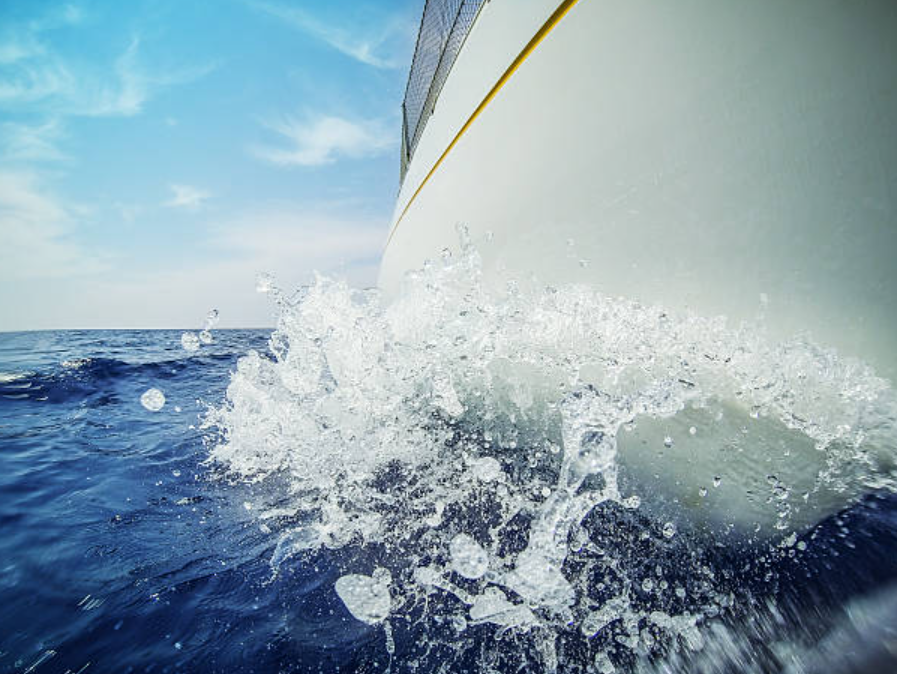
The keel and the centerboard are the parts of the sailboat that prevent it from drifting sideways due to the wind. They also provide directional stability and balance to the boat. They are located at the bottom of the hull and extend into the water.
The keel is the fixed and permanent part that runs along the length of the hull. It has a fin-like shape that creates a lateral resistance against the water. It also has a weight or a bulb at the bottom that acts as a counterbalance to the wind force on the sails. The keel can have different types, such as:
- Fin Keel: A keel that has a narrow and deep fin. It is the most common and modern type of keel. It offers high performance and maneuverability, especially in upwind sailing. It also reduces the drag and the wetted surface of the hull. However, it also increases the draft and the risk of grounding in shallow waters.
- Keel Centerboard: A keel that has a shallow and wide fin with a slot. It also has a movable board that can be lowered or raised through the slot. It is a hybrid type of keel that combines the advantages of both a fin keel and a centerboard. It offers good performance and versatility, as it can adjust to different water depths and sailing conditions. However, it also adds complexity and maintenance to the boat.
The centerboard is the movable and adjustable part that can be lowered or raised through a slot in the hull. It has a flat or curved shape that creates a lateral resistance against the water. It is usually found on smaller and lighter boats, such as dinghies and catamarans. The centerboard has several benefits, such as:
- Shallow Draft: A centerboard allows the boat to sail in shallow waters, as it can be raised to reduce the draft. It also enables the boat to beach or anchor closer to the shore. However, it also reduces the stability and the performance of the boat, as it reduces the weight and the resistance of the hull.
- Maneuverability: A centerboard allows the boat to turn and tack more easily, as it can be raised or lowered to change the balance and the angle of the boat. It also helps the boat to point higher into the wind, as it reduces the leeway. However, it also increases the drag and the turbulence of the water, as it creates a gap in the hull.
The keel and the centerboard are important parts of a sailboat. They affect the speed, the direction, and the comfort of the boat. They also require careful attention and maintenance to ensure their proper function and condition. A well-designed and well-adjusted keel or centerboard will make sailing smoother and more enjoyable.
Rudder and Tiller
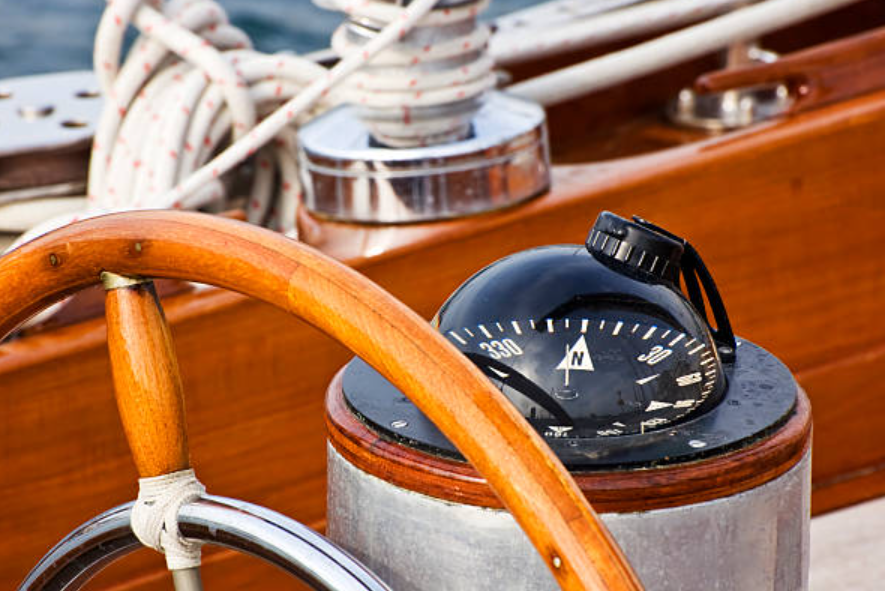
The rudder and the tiller are the parts of the sailboat that steer and control the direction of the boat. They are located at the stern of the boat and connected by a hinge. They work together to change the angle and the pressure of the water flow around the hull.
The rudder is the movable and vertical part that extends into the water. It has a fin-like shape that creates a sideways force on the water. It is used to turn the boat left or right, depending on the direction of the force. The rudder can be made of different materials, such as wood, metal, or fiberglass. It can also have different designs, such as:
- Wheel Steering: A rudder that is controlled by a wheel that is mounted on a pedestal in the cockpit. It is the most common and comfortable type of rudder. It offers a smooth and precise steering, especially in large and heavy boats. It also allows the sailor to sit or stand in different positions and have a better view of the sails and the surroundings. However, it also adds weight and complexity to the boat, as it requires a system of cables, pulleys, and gears to connect the wheel to the rudder.
- Tiller Steering: A rudder that is controlled by a tiller that is attached directly to the rudder. It is the simplest and most traditional type of rudder. It offers a direct and responsive steering, especially in small and light boats. It also allows the sailor to feel the feedback and the pressure of the rudder and the water. However, it also requires more physical effort and skill to steer the boat, as it requires the sailor to move the tiller back and forth and to balance the boat.
The tiller is the movable and horizontal part that controls the rudder. It has a stick-like shape that extends from the rudder to the cockpit. It is used to push or pull the rudder left or right, depending on the desired direction of the boat. The tiller can also have different types, such as:
- Straight Tiller: A tiller that has a straight and simple shape. It is the most common and basic type of tiller. It offers a direct and easy steering, as it follows the movement of the rudder. It also allows the sailor to adjust the length and the angle of the tiller, as it can be fitted with an extension or a joint.
- Curved Tiller: A tiller that has a curved and ergonomic shape. It is a more advanced and comfortable type of tiller. It offers a smooth and natural steering, as it follows the shape of the cockpit and the sailor’s hand. It also allows the sailor to have a better grip and control of the tiller, as it can be fitted with a handle or a knob.
The rudder and the tiller are essential parts of a sailboat. They affect the course, the maneuverability, and the safety of the boat. They also require careful attention and maintenance to ensure their proper function and condition. A well-functioning and well-adjusted rudder and tiller will make sailing easier and more enjoyable.
Sailboat Parts and Accessories
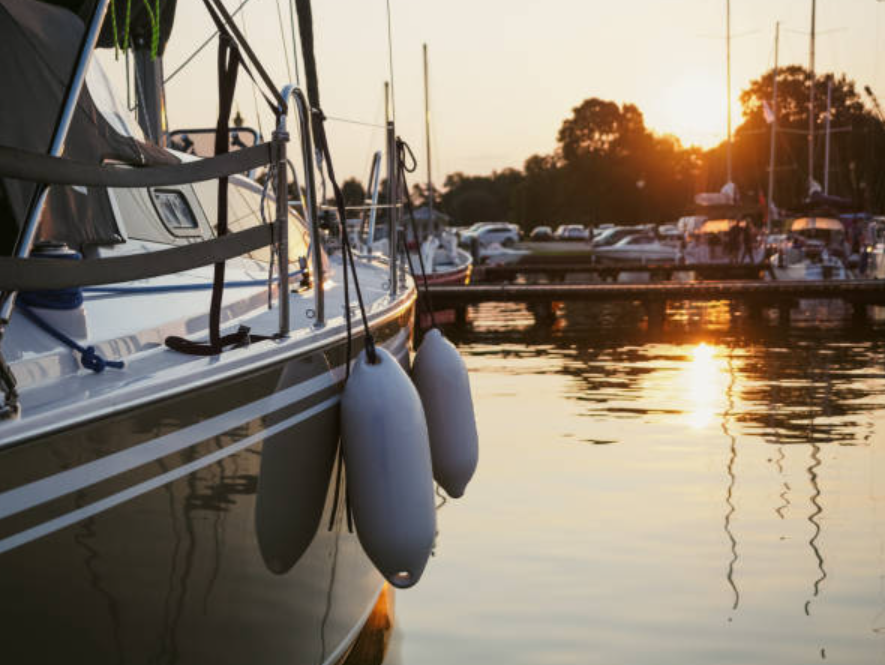
Besides the main parts of a sailboat that we have discussed, there are also other parts that are important for sailing. They are used for steering, adjusting, securing, anchoring, or protecting the boat. They can have different names, functions, and locations, depending on the type and size of the boat. Some of these parts are:
- Steering: The devices that are used to steer and control the boat. They include the tiller, the wheel, and the autopilot. The tiller and the wheel are the manual and physical steering devices that are connected to the rudder. The autopilot is the electronic and automatic steering device that is programmed to follow a course or a wind angle.
- Winches: The devices that are used to adjust the rigging tension and the sail shape. They are mounted on the deck or the cockpit. They have a drum and a handle that are used to wind or unwind a line. They can be manual or electric, depending on the power source and the size of the boat.
- Blocks and Pulleys: The devices that are used to enable efficient sail handling and rigging control. They are attached to the mast, the boom, the deck, or the cockpit. They have one or more sheaves or wheels that are used to change the direction or the mechanical advantage of a line. They can have different sizes, shapes, and types, depending on the load and the function of the line.
- Cleats: The devices that are used to secure the ropes and the lines. They are fixed on the deck or the cockpit. They have a pair of horns or a cam that are used to lock or release a line. They can have different designs, materials, and sizes, depending on the type and the size of the line.
- Turnbuckles: The devices that are used to adjust the rigging tension and the mast shape. They are located at the ends of the shrouds and the stays. They have a body and two screws that are used to tighten or loosen the wire. They can have different shapes, sizes, and materials, depending on the type and the size of the wire.
- Anchoring: The devices that are used to anchor and secure the boat to the bottom of the water. They include the anchor, the windlass, the chain, and the rode. The anchor is the device that digs into the seabed and holds the boat in place. The windlass is the device that hoists or lowers the anchor. The chain is the metal link that connects the anchor to the rode. The rode is the rope or the cable that connects the chain to the boat.
- Safety: The devices that are used to protect and rescue the boat and the crew in case of emergency. They include the life jackets, the PFDs, the flares, and the communication devices. The life jackets and the PFDs are the devices that are worn by the crew to keep them afloat and visible in the water. The flares are the devices that are fired or launched to signal distress and attract attention. The communication devices are the devices that are used to communicate with other boats or the coast guard.
These are some of the other parts of a sailboat that you should know. They are important for sailing and maintaining the boat. They also require careful attention and maintenance to ensure their proper function and condition. A well-equipped and well-maintained sailboat will make sailing safer and more enjoyable.
Conclusion
Sailboat parts are the components and devices that make up a sailboat. They are essential for sailing and maintaining the boat. They also affect the performance, the safety, and the enjoyment of the boat and the crew.
Understanding sailboat parts is not only fascinating, but also beneficial for sail enthusiasts and sailing beginners. It can help you to:
- Appreciate the design and the function of a sailboat.
- Improve your sailing skills and knowledge.
- Optimize your boat’s performance and efficiency.
- Maintain your boat’s condition and quality.
- Prevent or solve problems and emergencies.
- Enhance your sailing experience and adventure.
We hope this blog post has helped you to learn more about sailboat parts and their impact on sailing. We also hope it has inspired you to explore and enjoy the wonderful world of sailing.
Thank you for reading and happy sailing! 😊
